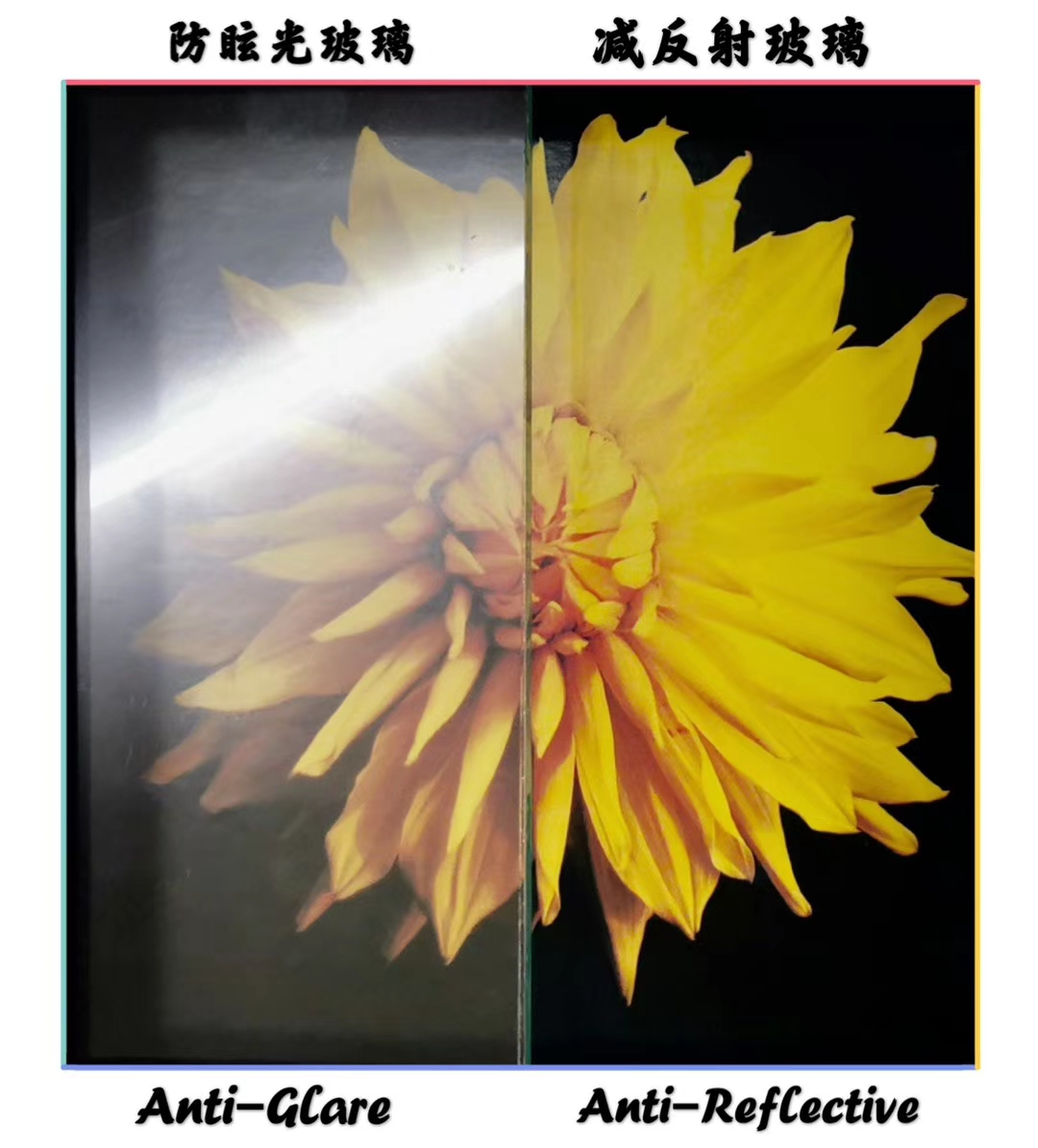AR/AG Glass: Enhancing Visual Impact and Protecting Cultural Relics
As technology continues to advance at a rapid pace, the demand for innovative and high-quality glass products has skyrocketed. One such product that has gained considerable attention is AR/AG glass, which stands for Anti-Reflective and Anti-Glare glass. This type of glass is used in a wide range of applications, from electronic instruments to office buildings and even museums. With its ability to increase transmittance and reduce reflectivity, AR/AG glass not only enhances visual impact but also offers valuable protection for cultural relics and ancient paintings.
In today's world, where aesthetics and visual appeal play a significant role in consumer decision-making, businesses are constantly looking for ways to make their products and displays more appealing. This is particularly true for industries such as retail, where attracting and engaging customers is of utmost importance. By using AR/AG glass in shopping mall windows, businesses can create a more immersive and realistic experience for their customers, thereby increasing the visual impact of their exhibits. Unlike ordinary glass, which often reflects light and distorts the view, AR/AG glass minimizes reflectivity, allowing customers to enjoy a three-dimensional and lifelike display. The result is a more high-end and visually captivating experience that leaves a lasting impression on customers.
Museums, too, can greatly benefit from the use of AR/AG glass. Visitors often bring their cameras to museums to capture the beauty and significance of cultural relics and ancient paintings. However, the use of flash photography can cause light pollution and damage to these precious artifacts. Additionally, the reflective properties of traditional glass can distort the image captured by the camera, resulting in poor imaging quality and loss of detail. By installing AR/AG glass in museum displays, both of these problems can be effectively addressed.
AR/AG glass offers a solution for reducing light pollution and preserving the integrity of cultural relics. The anti-reflective properties of the glass minimize the reflection of light, allowing visitors to view the artifacts without any distracting glares or reflections. This not only safeguards the quality of the exhibition but also protects the delicate surfaces of ancient paintings and artifacts from excessive exposure to light. Furthermore, the use of AR/AG glass enhances the imaging effect of cameras, ensuring that the original appearance and intricate details of the artifacts are accurately captured. With AR/AG glass, visitors can enjoy a clear and unobstructed view of the exhibits, while camera enthusiasts can capture stunning images without any unwanted distortions or reflections.
In addition to its visual benefits, AR/AG glass also offers flexibility in terms of size and thickness. This makes it suitable for a wide range of applications and allows for customization to meet specific requirements. The thickness of the glass can range from 0.55mm to 19mm, and sizes such as 610x914mm, 914x1220mm, 18302440mm, 2140x330mm, 2250x3300mm, 2140x3660mm, and 2250x3660mm are readily available. With such versatility, businesses and institutions can easily incorporate AR/AG glass into their existing infrastructure or design new installations according to their needs.
In conclusion, the use of AR/AG glass offers numerous advantages across various industries, from enhancing visual impact in retail displays to protecting cultural relics in museums. With its ability to increase transmittance and reduce reflectivity, AR/AG glass creates a more immersive and realistic experience for customers, making exhibits more captivating and memorable. Additionally, its anti-reflective properties protect cultural relics and ancient paintings from light pollution and image distortion. The availability of different sizes and thicknesses further adds to its appeal, allowing for customization and flexibility of application. As the demand for visually appealing and technologically advanced products continues to rise, the significance of AR/AG glass cannot be understated. It not only meets the demands of businesses and institutions but also contributes to the preservation and celebration of our cultural heritage.


